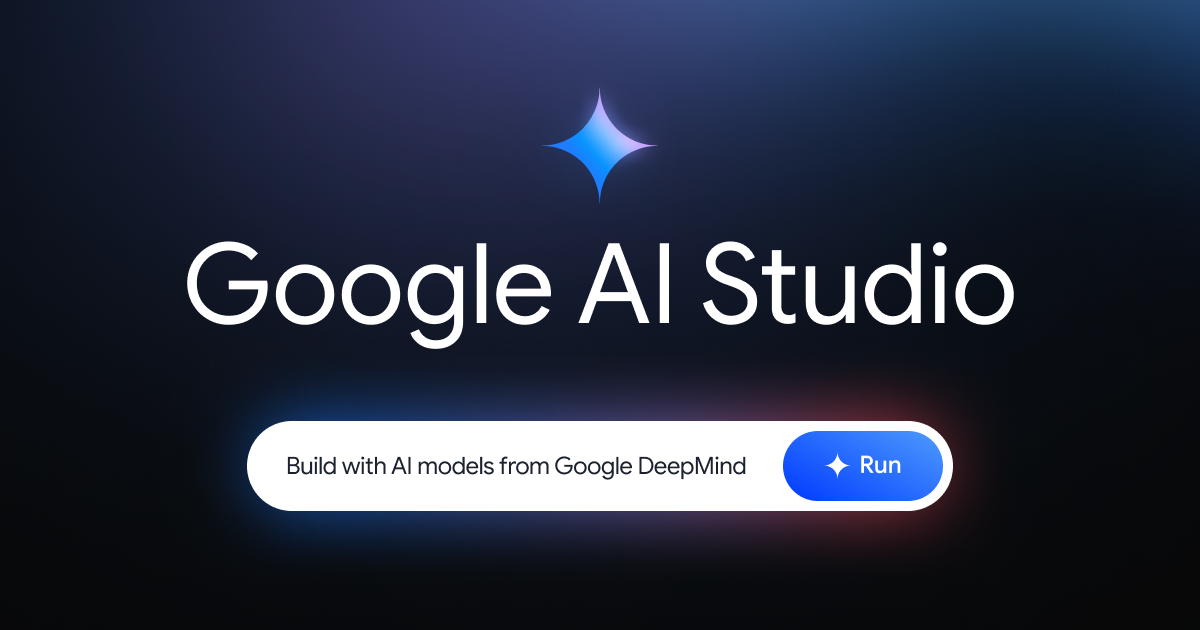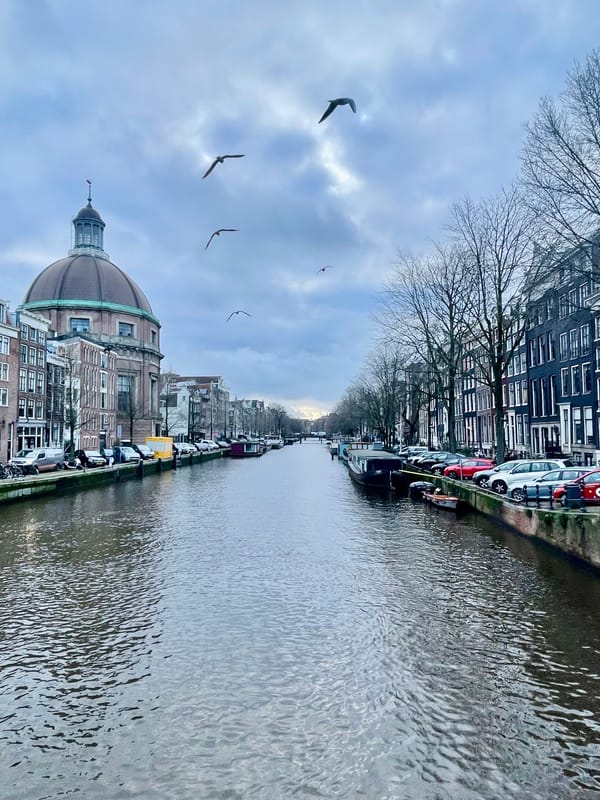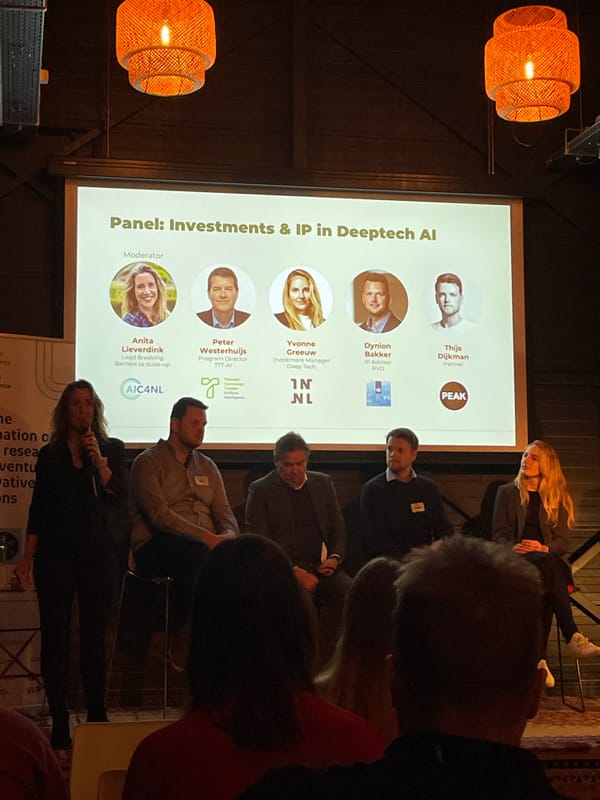Google Gemini's Video AI: What's New and Why It Matters
Google Gemini’s video AI is fast, smart, and a game-changer. But why am I amazed while AI experts remain unimpressed? A shift in perspective explains it.

Last night, I attended an AI event (AI Salon Amsterdam) and had an interesting conversation with someone working in industrial AI video applications.
Naturally, I brought up Google Gemini’s video analysis—the speed, the ability to handle both recorded and real-time video, and its seamless integration with a powerful language model for summarization and reasoning.
His reaction? Unimpressed.
Mine? Amazed.
That contrast made me reflect: why does Gemini’s video analysis feel like such a big deal to me, but not to someone deeply embedded in industrial AI?
Industrial AI vs. Google Gemini: A Shift in Perspective
It turns out the difference isn't just about technology—it’s about who it’s for and what it enables.
- Industrial AI video systems have existed for years. Security cameras can already detect motion, identify faces, and trigger alerts. In manufacturing, AI analyzes production lines for defects. These systems are powerful, but they are narrowly focused and purpose-built.
- Google Gemini, on the other hand, is shifting AI video analysis into consumer and general-purpose computing. It’s not just about making surveillance better—it’s about integrating video intelligence into everyday tools, enhancing computing workflows, and making video searchable, actionable, and interactive.
This shift to new areas is what excites me. Gemini’s video analysis isn’t just a feature—it’s a gateway to new workflows and product ideas.
Where This Could Lead: Efficiency + New Growth Areas
1. From Passive to Active Video Analysis
Right now, most video tools require manual effort—you scrub through footage, try to find key moments, and make sense of what’s happening. AI-driven video changes this:
- Wildlife cameras: Instead of scanning hours of empty footage, ask AI to find when an animal appears.
- Security cameras: Go beyond motion alerts—"Show me when a person approached the door, but ignore the cat."
- Baby monitors & pet cameras: AI could detect specific sounds, behaviors, or even emotions.
2. AI That Watches Your Screen and Helps
I realized that screencasting is also video—and that opens another set of possibilities:
- AI-assisted tutorials: Instead of watching an entire how-to video, ask AI to summarize just the relevant parts.
- Smart recording: AI could auto-capture only the important moments from meetings, coding sessions, or creative work.
- On-screen assistance: If Gemini can analyze video in real-time, why not let it watch your screen and suggest actions? (e.g., “It looks like you're editing a document—do you need formatting help?”)
3. Beyond Efficiency: New Products & Possibilities
When AI video analysis is fast, integrated, and intelligent, it’s not just about saving time. It unlocks new products:
- AI-driven highlight reels (for sports, events, or personal videos).
- AI-assisted coaching (for workouts, public speaking, or even music practice).
- Elderly care & accessibility (detecting falls, tracking movements, offering real-time assistance).
This isn’t just about improving what we already do—it’s about thinking differently about what’s possible.
Why This Feels Like a Breakthrough
So why does Google Gemini’s video analysis impress me, while an industrial AI expert sees nothing new?
Because it’s not just about better video AI—it’s about bringing it to new domains, integrating it with powerful reasoning (LLMs), and opening the door to workflows that didn’t exist before.
It’s the shift from niche applications to general-purpose intelligence.
That’s what makes it exciting.
And the more I think about it, the more I see that we’re only scratching the surface of what AI video analysis can do.







